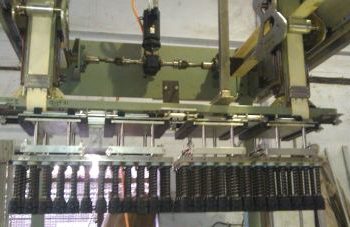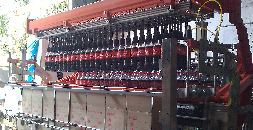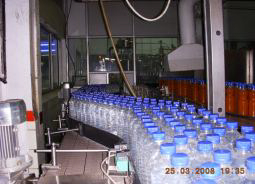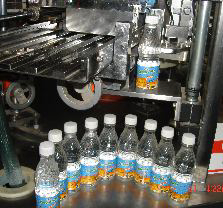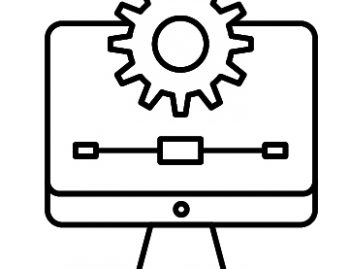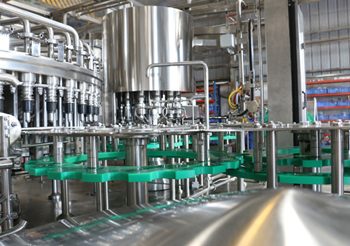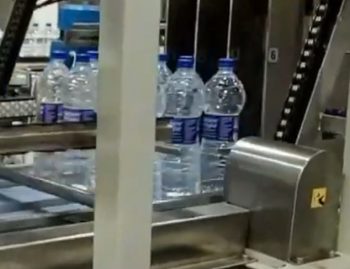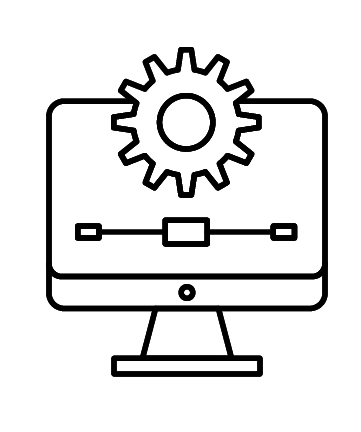
Introduction to Automation in Packaging
The packaging industry is undergoing a seismic shift, and at the heart of this transformation lies automation. As consumer demands evolve and competition intensifies, businesses are increasingly turning to automated solutions to streamline their processes. Gone are the days of manual packing lines that struggle to keep pace with modern requirements. Today, automation not only enhances efficiency but also elevates product quality and reduces costs.
With advancements in technology moving at lightning speed, it’s crucial for companies in the packaging sector to adapt or risk falling behind. Whether you’re a small startup or an established enterprise, understanding why automation is the future of the packaging industry can set you on a path toward sustainable growth and innovation. Let’s explore how these changes are reshaping our world and what they mean for your business’s success.
Advantages of Automation in the Packaging Industry
Automation brings numerous benefits to the packaging industry. One of the most significant advantages is enhanced efficiency. Automated systems can operate at high speeds, significantly increasing production rates and reducing bottlenecks.
Consistency is another key factor. Machines deliver uniformity in packaging quality, minimizing errors that might occur with manual labor. This reliability leads to better product integrity and presentation.
Cost savings follow suit as well. While there may be an initial investment, automation decreases labor costs over time and lowers waste through precise material usage.
Safety improvements also cannot be overlooked. Automation takes on hazardous tasks, reducing the risk for workers and enhancing overall workplace safety.
Flexibility in operations allows businesses to adapt quickly to market changes or customer demands without extensive downtime or retraining staff.
Types of Automated Packaging Systems
Automated packaging systems come in various forms, each designed to streamline processes and enhance efficiency. One popular type is the robotic arm system. These versatile machines can pick, place, and pack products with impressive speed and precision.
Another common option is horizontal form-fill-seal machines. They create packages by forming a tube from film material, filling it with product, and sealing it—all in one continuous motion. This method is particularly effective for food items.
For companies dealing with smaller components or sensitive products, case packers are essential. They automate the process of packing goods into boxes or cases while ensuring that items are handled carefully to prevent damage.
Integrated conveyor systems facilitate smooth movement throughout the packaging line. By reducing manual handling and optimizing workflow, these conveyors play a crucial role in enhancing production rates across industries. Each system caters to specific needs within automated packaging solutions.
Implementation and Cost Considerations
Implementing automation in the packaging industry requires careful planning and investment. Businesses must assess their current processes to identify areas where automation can deliver the most value.
Initial costs may seem daunting, including equipment purchase, installation, and training for staff. However, many companies find that these expenses pay off quickly through increased efficiency and reduced labor costs.
It’s also essential to consider ongoing maintenance and software updates as part of your budget. These factors ensure that automated systems remain effective over time.
Scalability is another critical aspect of implementation. Choosing flexible solutions allows businesses to adapt their operations as demand changes without significant additional investments.
Working with experienced vendors can provide insights into best practices tailored for specific needs within the packaging sector. This collaboration can ease transitions while maximizing returns on automation investments.
Impact on the Packaging Workforce
The rise of automation in the packaging industry brings significant changes to the workforce landscape. Many traditional roles may become obsolete as machines take over repetitive tasks. This shift can cause anxiety among workers who fear job loss.
However, it’s not all doom and gloom. Automation also creates opportunities for new positions focused on technology management, maintenance, and oversight. Workers will need to adapt by acquiring new skills that align with these advancements.
Training programs are essential to help employees transition into these emerging roles. Emphasizing skill development ensures that the workforce remains relevant and competitive.
Moreover, automated systems can enhance workplace safety by reducing manual handling of heavy materials or hazardous substances. This improvement benefits both employees and employers alike.
As businesses embrace automation, a collaborative approach between technology and human expertise will define the future of work in this sector.
The Future of Automation in Packaging
The future of automation in packaging is vibrant and full of potential. As technology advances, the industry will witness smarter systems that adapt to varying production demands.
Machine learning and artificial intelligence are set to revolutionize processes. These innovations can optimize supply chains and enhance quality control, ensuring products meet consumer expectations consistently.
Sustainability also plays a crucial role in shaping this future. Automated systems can reduce waste by optimizing material usage, aligning with global eco-friendly initiatives.
Additionally, customization is on the rise. Automated solutions will allow businesses to offer personalized packaging options efficiently without sacrificing speed or quality.
As companies embrace these changes, collaboration between humans and machines will become vital. The synergy could lead to unprecedented efficiencies while maintaining job opportunities for skilled workers in managing advanced technologies.
Conclusion and Recommendations for Businesses
As the packaging industry continues to evolve, embracing automation is no longer just an option; it’s becoming a necessity. Businesses must recognize the transformative potential of automated solutions. By investing in state-of-the-art technology, companies can streamline their operations and improve efficiency.
To stay competitive, organizations should conduct thorough assessments of their current processes. Identifying areas where automation can bring value will lead to actionable insights and strategic improvements. Collaborating with experts in the field can also provide guidance on choosing the right systems tailored to specific needs.
It’s crucial for businesses to consider employee training as part of this transition. Automation does not mean eliminating jobs but rather enhancing skill sets for future demands. Engaging workers in this change fosters a culture of innovation and adaptability.
The journey toward automation requires careful planning and investment, but the rewards are significant—greater productivity, reduced errors, and ultimately higher customer satisfaction. Companies that prioritize these advancements will position themselves at the forefront of the packaging industry’s evolution.
By staying informed about emerging trends and technologies, businesses can make informed decisions that align with their goals while ensuring they harness all benefits that come from embracing automation now more than ever.
